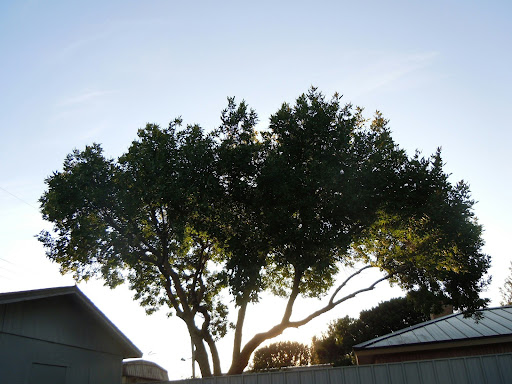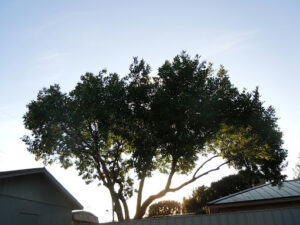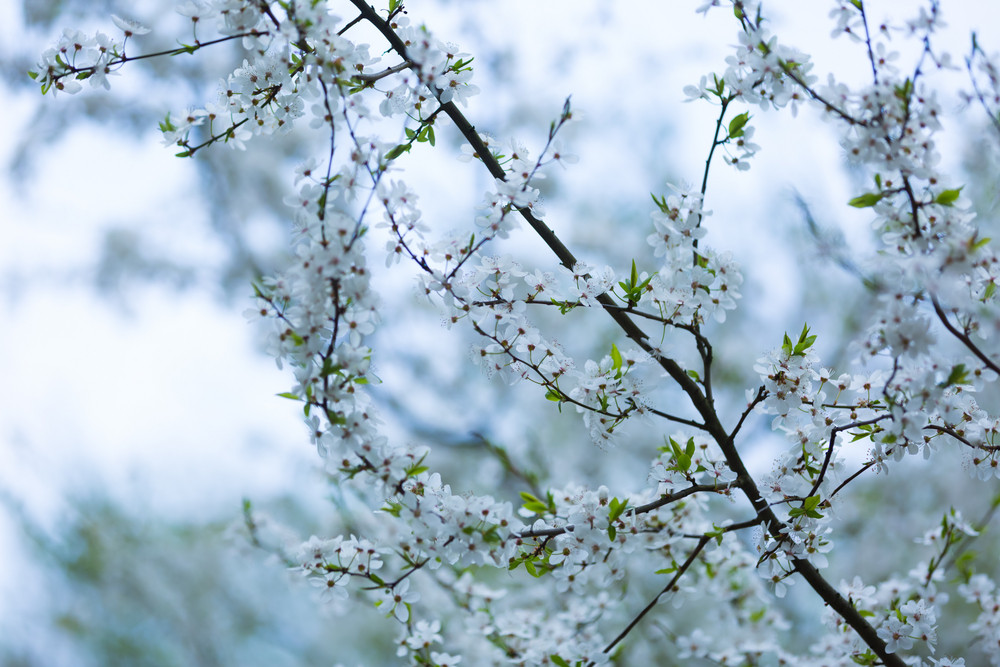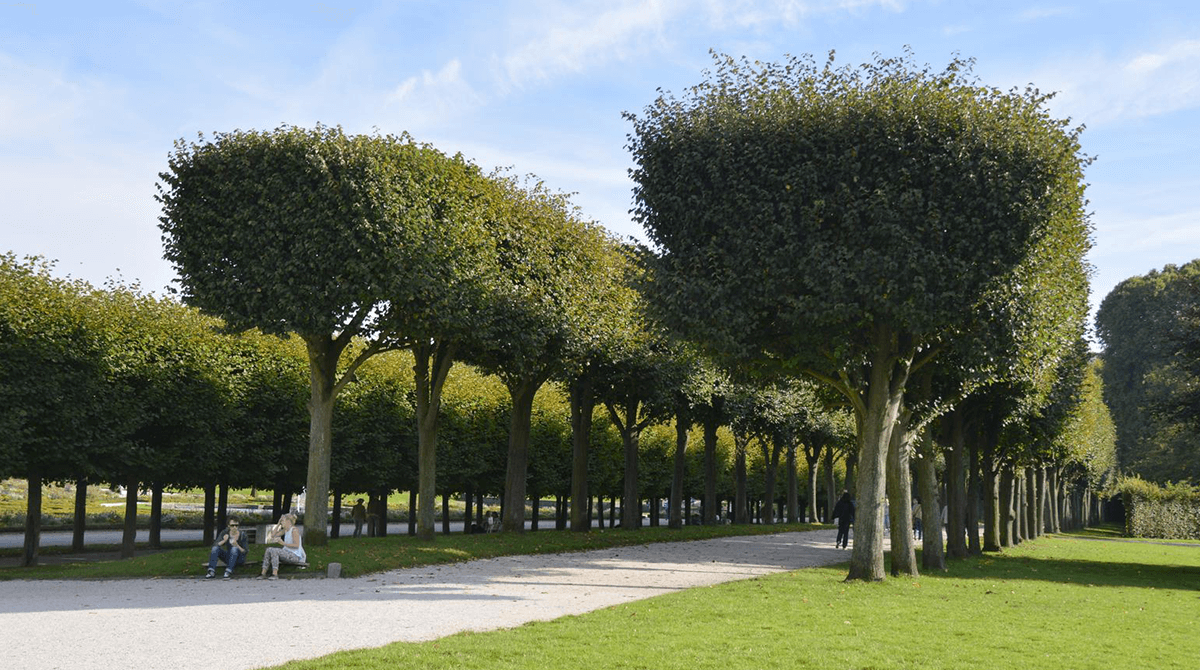
Date July 15, 2024
Proper pruning enhances tree health and beauty while addressing the unique challenges of Dallas’s climate. This article will describe tree pruning essentials in Dallas and techniques and best practices for helping trees thrive for years to come.
Benefits of Tree Pruning
Image via Unsplash License by Joe Forget
Tree pruning is essential for maintaining healthy and aesthetically pleasing trees in Dallas. Proper pruning techniques offer several key benefits, including:
- More sunlight exposure: Pruning increases the amount of sunlight that reaches the tree’s branches, promoting photosynthesis. This process optimizes the tree’s ability to absorb nutrients and grow.
- Improved nutrient distribution: By removing dead or overgrown branches, pruning helps trees efficiently transfer water and nutrients to their roots.
- Disease prevention: Thinning out dense canopies reduces the risk of disease development by improving air circulation and reducing moisture buildup.
- Enhanced aesthetic appeal: Pruning improves the tree’s appearance by shaping it and promoting balanced growth. Well-pruned trees contribute to the visual appeal of urban landscapes.
- Decreased safety risks: Removing weak or dead branches prevents potential hazards, such as falling limbs, which can damage property and pose risks to people.
Key Pruning Techniques
Professional arborists in Dallas use several pruning techniques to improve the health and appearance of trees in the area. Here are some of the most popular methods:
- Crown thinning: This technique involves selectively removing branches from the tree’s crown to improve airflow and sunlight penetration. It reduces the risk of disease and storm damage while maintaining the tree’s natural shape.
- Crown raising: This method entails removing the lower branches of a tree to provide clearance for pedestrians, vehicles, or structures. It enhances the tree’s appearance and improves safety.
- Crown reduction: This technique reduces the overall size of the tree’s canopy without altering its shape. It helps decrease weight on heavy branches, reducing the likelihood of breakage.
- Deadwooding: Removing dead or dying branches prevents potential hazards and improves the tree’s aesthetic value. It also prevents decay and pest infestations.
- Pruning young trees: Early pruning helps establish a strong branch structure, corrects defects, and encourages balanced growth.
Best Practices for Pruning in Dallas
Pruning trees in Dallas requires careful planning for optimal health and growth. Following these best practices can help homeowners achieve their desired results:
- Timing: Pruning most deciduous trees in late winter before new growth emerges minimizes stress and promotes vigorous spring growth. Homeowners should avoid pruning in late summer to prevent stimulating new growth susceptible to cold injury.
- Species-specific pruning: Different species have unique needs. For example, homeowners should avoid pruning oak trees in spring to prevent the spread of oak wilt. Instead, they should prune them during the coldest or hottest months and apply a pruning sealant immediately.
- Weather considerations: Pruning during extreme cold or heat can cause damage to the tree. Homeowners should prune when temperatures are moderate to ensure the tree can heal properly.
- Professional consultation: Consulting with a certified arborist can help homeowners determine the optimal timing and methods for pruning based on the specific characteristics of their trees and their environment.
Consult TreeNewal’s ISA-Certified Arborists Today
Proper tree pruning can boost your landscape’s aesthetic appeal and promote tree health. Following these essential pruning techniques and best practices will help your trees thrive in Dallas’ unique climate and soil conditions. Contact TreeNewal today for help in meeting your tree pruning needs.









